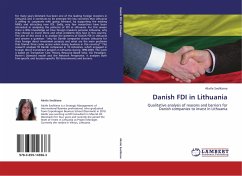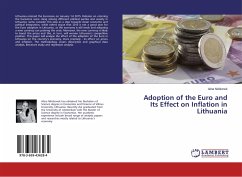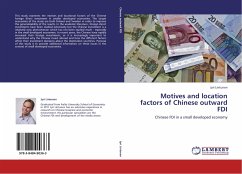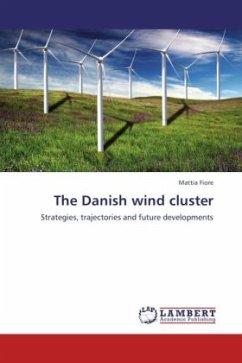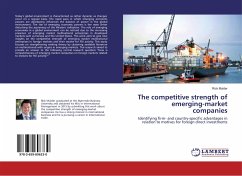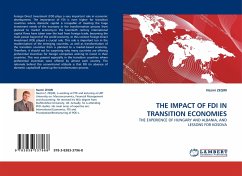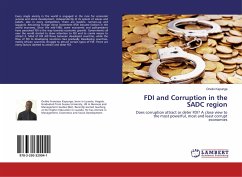For many years Denmark has been one of the leading foreign investors in Lithuania and it continues to be amongst the key countries that Lithuania is willing to cooperate with going forward, by supporting the existing MNEs and attracting new FDI. Sadly, very few researchers have been interested in analyzing the patterns of FDI in Lithuania. For this reason there is little knowledge on how foreign investors perceive Lithuania, why they choose to invest there and what problems they face in this country. The aim of this work is to analyze the patterns of Danish FDI in Lithuania and answer a question: why do Danish companies choose Lithuania for their foreign direct investment projects and what are the main problems that Danish firms come across when doing business in this country? This research analyses 55 Danish companies in 10 industries, which engaged in foreign direct investment projects in Lithuania during 1990-2009. The work is based on Transaction Cost Theory, Resource Based View, OLI Paradigm, Porter s Diamond model and the Network Perspective. It analyses both firm-specific and location-specific FDI determinants and barriers.
Bitte wählen Sie Ihr Anliegen aus.
Rechnungen
Retourenschein anfordern
Bestellstatus
Storno

